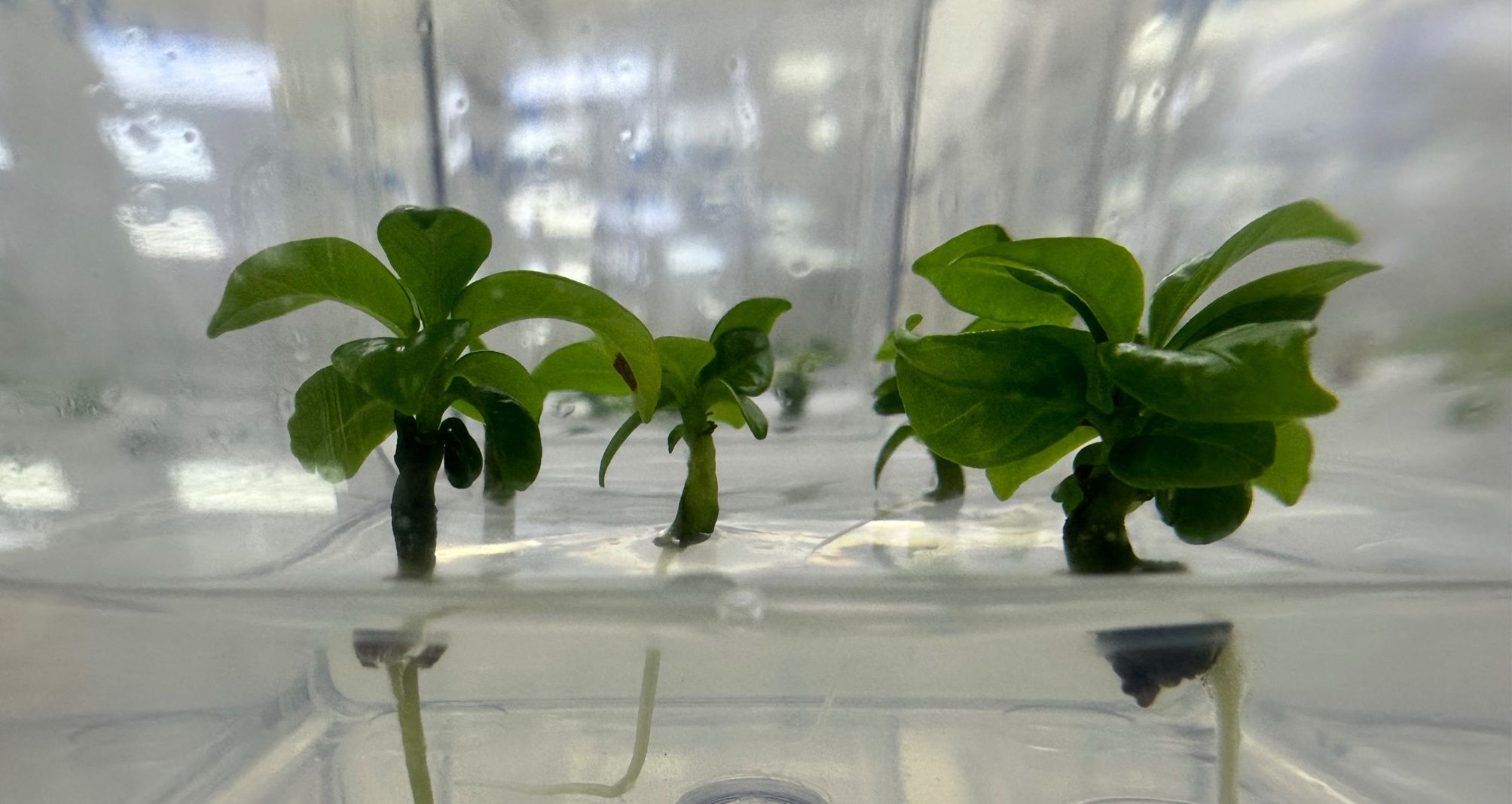
The Future of Arabica: Between Climate Threats and Breeding Innovations
By: Matin Yazdi
Arabica coffee could look very different by 2050. Climate models warn that half of today’s Arabica-growing land is at risk of disappearing under the weight of rising heat, drought, pests, and erratic weather. This isn’t just a farmer’s crisis — it’s a challenge for every coffee drinker around the globe.
Yet, amid these sobering warnings, there is reason for optimism. Science is advancing at an unprecedented pace, ushering in what many experts are calling a “golden age” of coffee breeding. As climate pressures mount, new tools and innovations are reshaping the possibilities for resilient and sustainable coffee.
F1 Hybrids: Climate Champions
First-generation hybrids (F1 Hybrids), first pioneered in Central America, are showing extraordinary promise. These varieties deliver 30–60% higher yields compared to traditional Arabica and thrive in agroforestry systems that integrate shade trees and crops. They combine resilience with cup quality — a balance once thought difficult to achieve. The main challenge remains affordability and large-scale distribution, but advances in tissue culture and seed-based propagation are steadily closing that gap.
The Genome Maps Flavor and Resistance
A major breakthrough in recent years has been the sequencing of Arabica’s genome at chromosome level. This allows breeders to pinpoint genes tied to drought tolerance, disease resistance, and even sensory quality. With these tools, the process of developing new varieties can shrink from decades to just a few years — a radical transformation in the coffee world.
Diversity as Insurance for the Future
Genetic diversity is perhaps the most powerful safeguard for coffee’s survival. Robusta harbors hidden clusters of genes that could be tapped for resilience. Liberica is offering new species with surprising disease resistance. Meanwhile, wild relatives such as Coffea charrieriana — naturally caffeine-free — are no longer curiosities, but strategic resources. Preserving these species is not charity; it is a direct investment in the sustainability of coffee supply chains.
From Molecules to the Field
The next frontier is molecular breeding. Tools like metabolomics (the study of chemical compounds in plants) and DNA markers are moving out of research labs and into real-world breeding programs. That means breeders can select plants for sweetness, body, or resilience before they ever reach the field. This leap in precision is poised to redefine how quality and resilience are achieved in coffee.
Collaboration as the Accelerator
Scientific breakthroughs alone are not enough. True impact depends on collaboration across research institutions, companies, and producers. Initiatives such as World Coffee Research’s Innovea network and corporate-backed genome projects demonstrate that progress is fastest when stakeholders align. The critical challenge now is scaling funding and ensuring smallholder farmers — who grow most of the world’s coffee — gain access to these innovations.
A Race Between Climate and Innovation
The story of Arabica’s future is not one of despair, but of urgency. It is a race between mounting climate pressures and the speed of scientific innovation. The question is not whether coffee will change, but how we prepare to face that change. With the tools already available, the industry has the chance to secure a resilient, flavorful, and sustainable future for coffee lovers everywhere.
Even decaf enthusiasts may have reason to celebrate. Wild caffeine-free species could herald a new era of decaf coffee that finally delivers all the flavor — with none of the compromise.
Conclusion: The future of Arabica is not predetermined. It hangs in the balance between threats and opportunities. By embracing innovation and expanding collaboration, the global coffee community can ensure that future generations will continue to enjoy rich, sustainable, and high-quality coffee.



